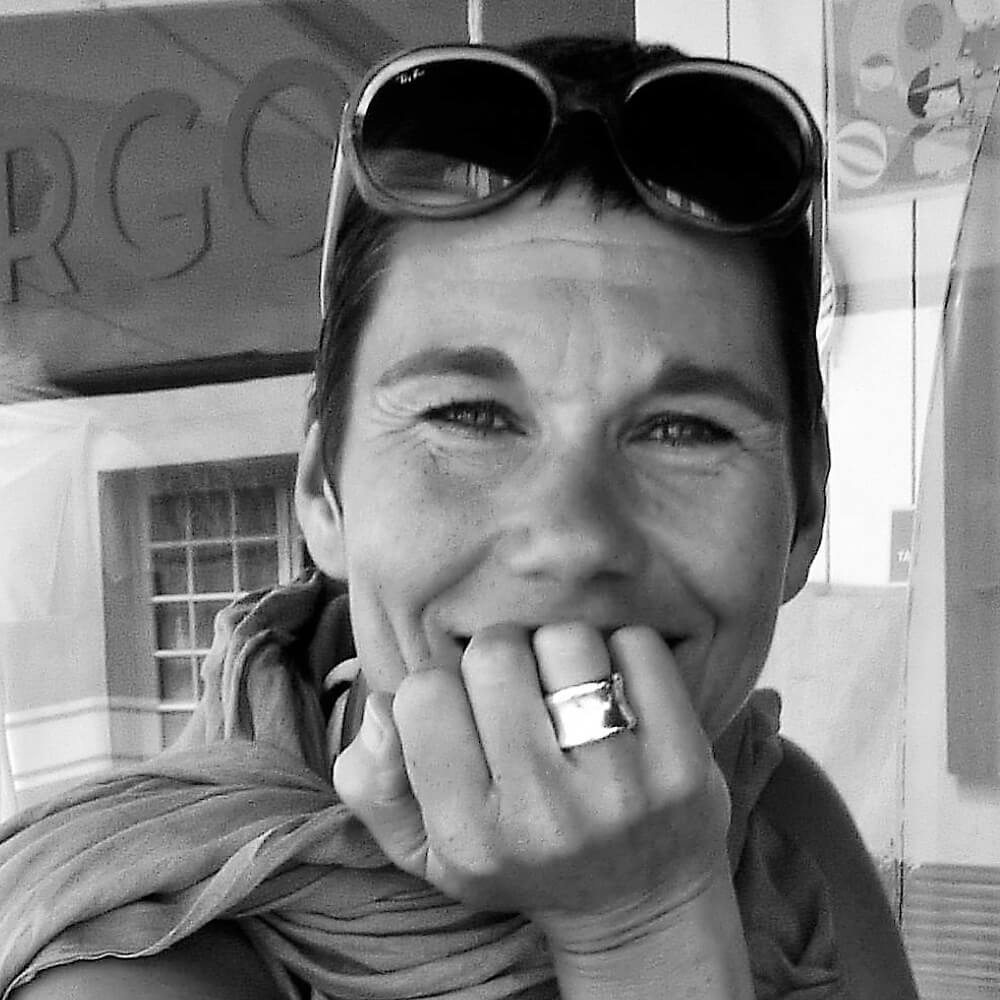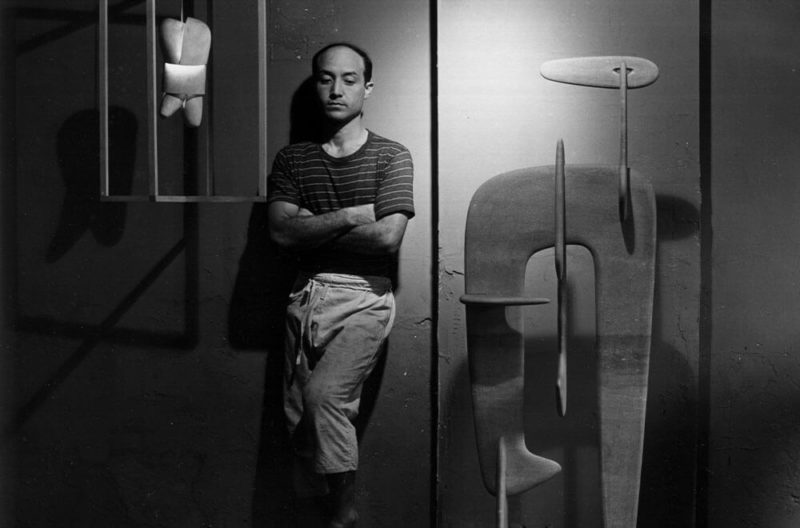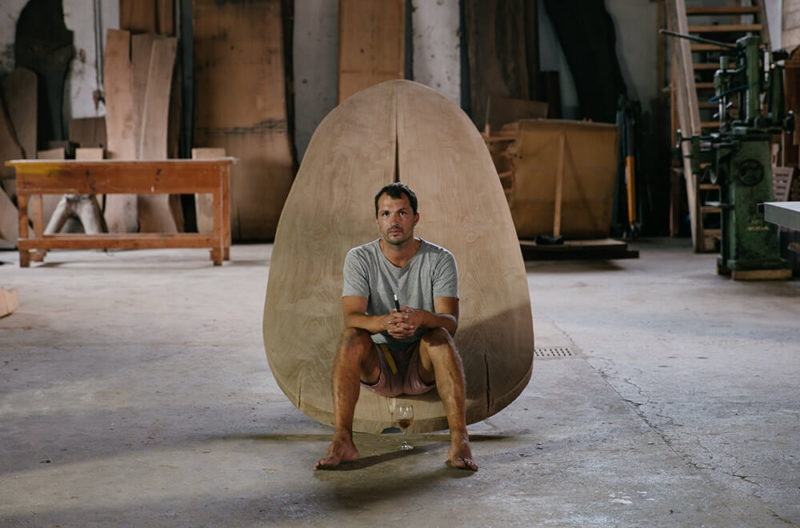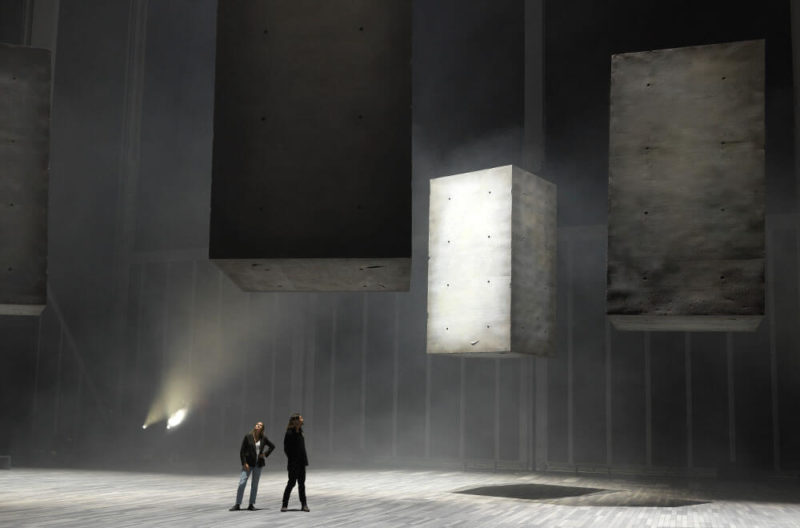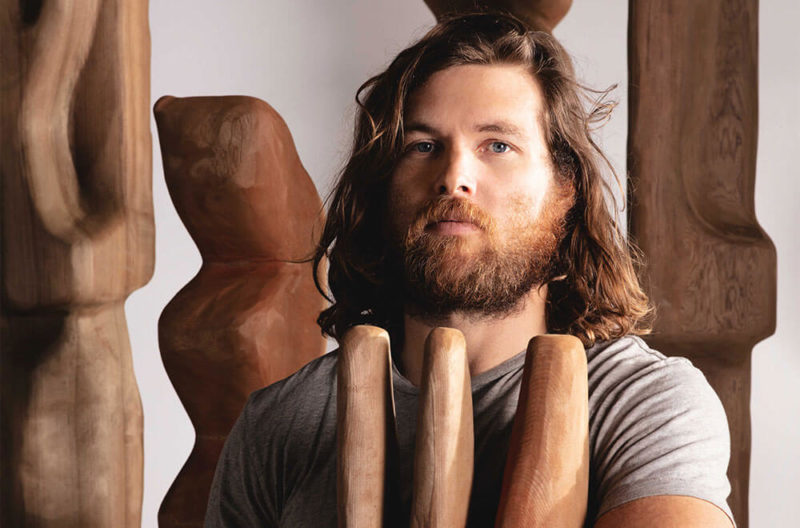Future Heritage 2021
Back with a bounce – bringing the best of British contemporary makers to the attention of interior designers.
Decorex International 2021, Olympia, London
10th October – 13th October 2019
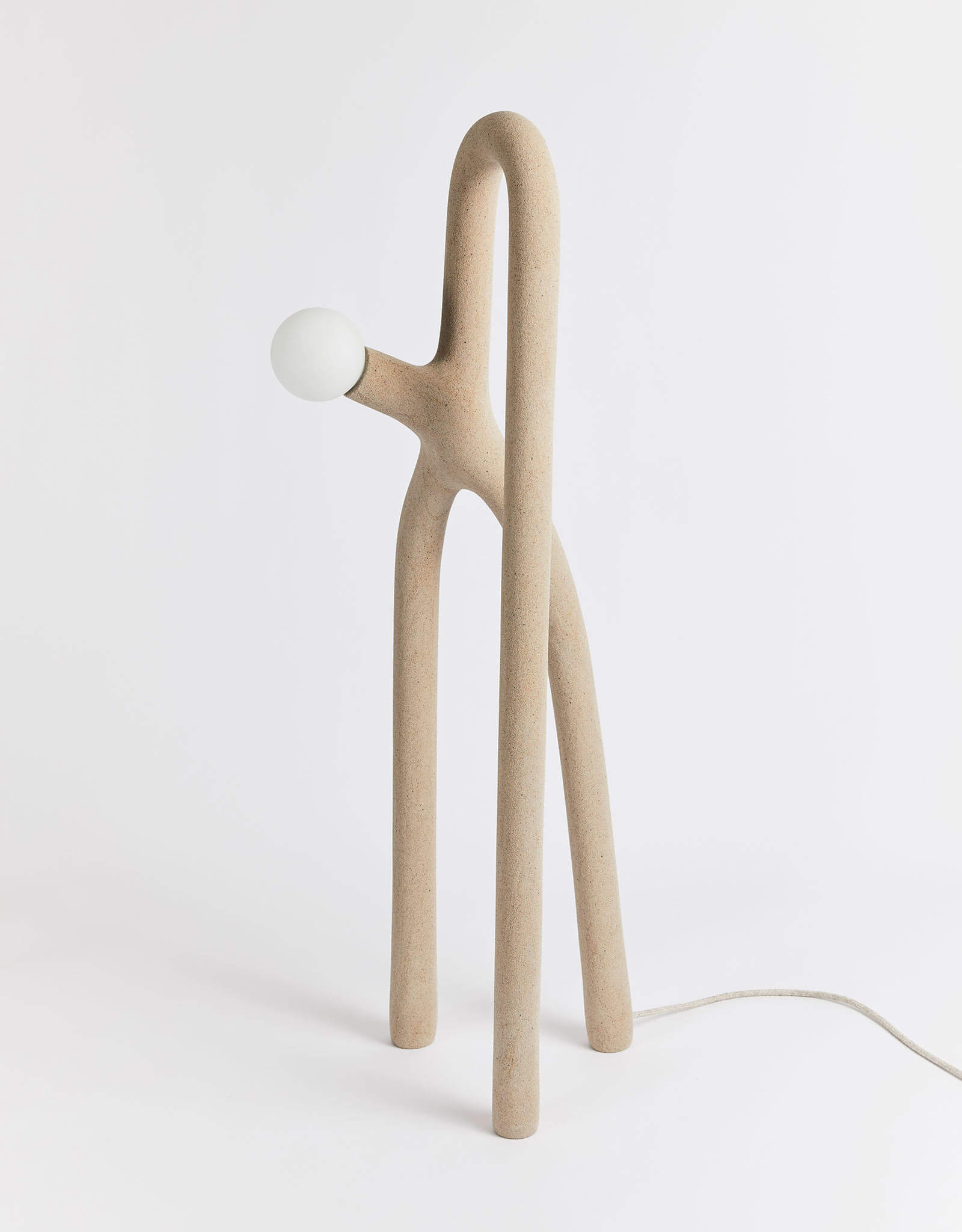
Hot Wire Extensions, ‘Native Object 01’
COURTESY: Hot Wire Extensions / PHOTOGRAPH: Marco Rosaco
“THIS YEAR, I wanted the Future Heritage makers to do things ‘con brio’”, says the exhibition’s curator Corinne Julius. Not that spirit has ever been in short supply at this pioneering showcase of contemporary British craft talent.
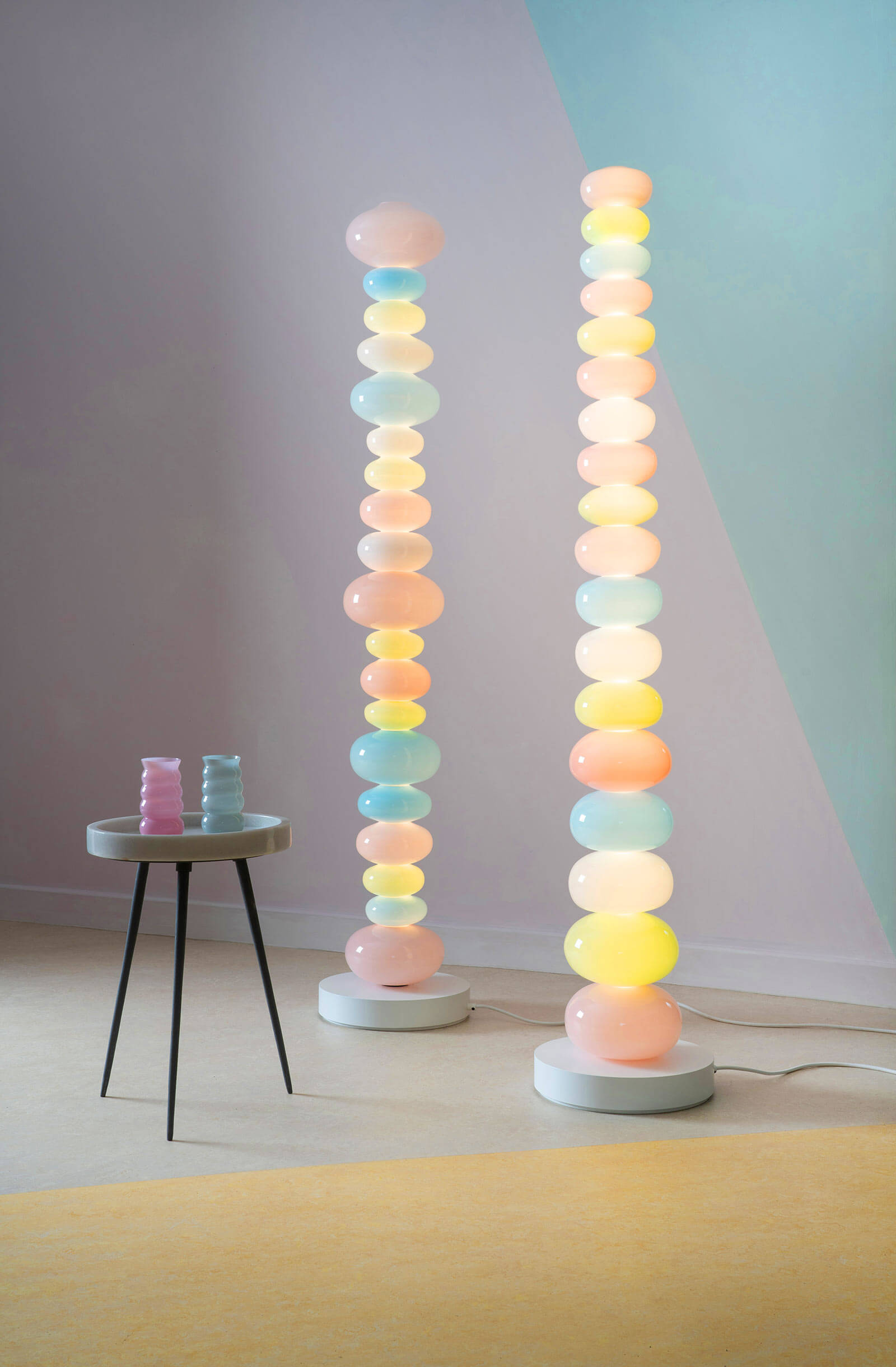
Adam Nathaniel Furman for Curiousa & Curiousa, ‘Glowbule’ floor lamps, 2021
COURTESY: Adam Nathaniel Furman / PHOTOGRAPH: Chris Webb Photography
It all began with a full and frank discussion over a late-night dinner back in 2013, in which Julius responded to the then Director of Decorex International’s invitation to critique the show, with a “15-minute rant” about how Decorex wasn’t showing its audience of interior designers work by contemporary makers. The director responded by giving Julius the fair’s central space to “do something about it.” That was in 2014. Since then, Future Heritage has introduced the interior design industry to the likes of Marcin Rusak, Max Lamb, Simone ten Hompel, Sebastian Cox, Nic Webb and Eleanor Lakelin.
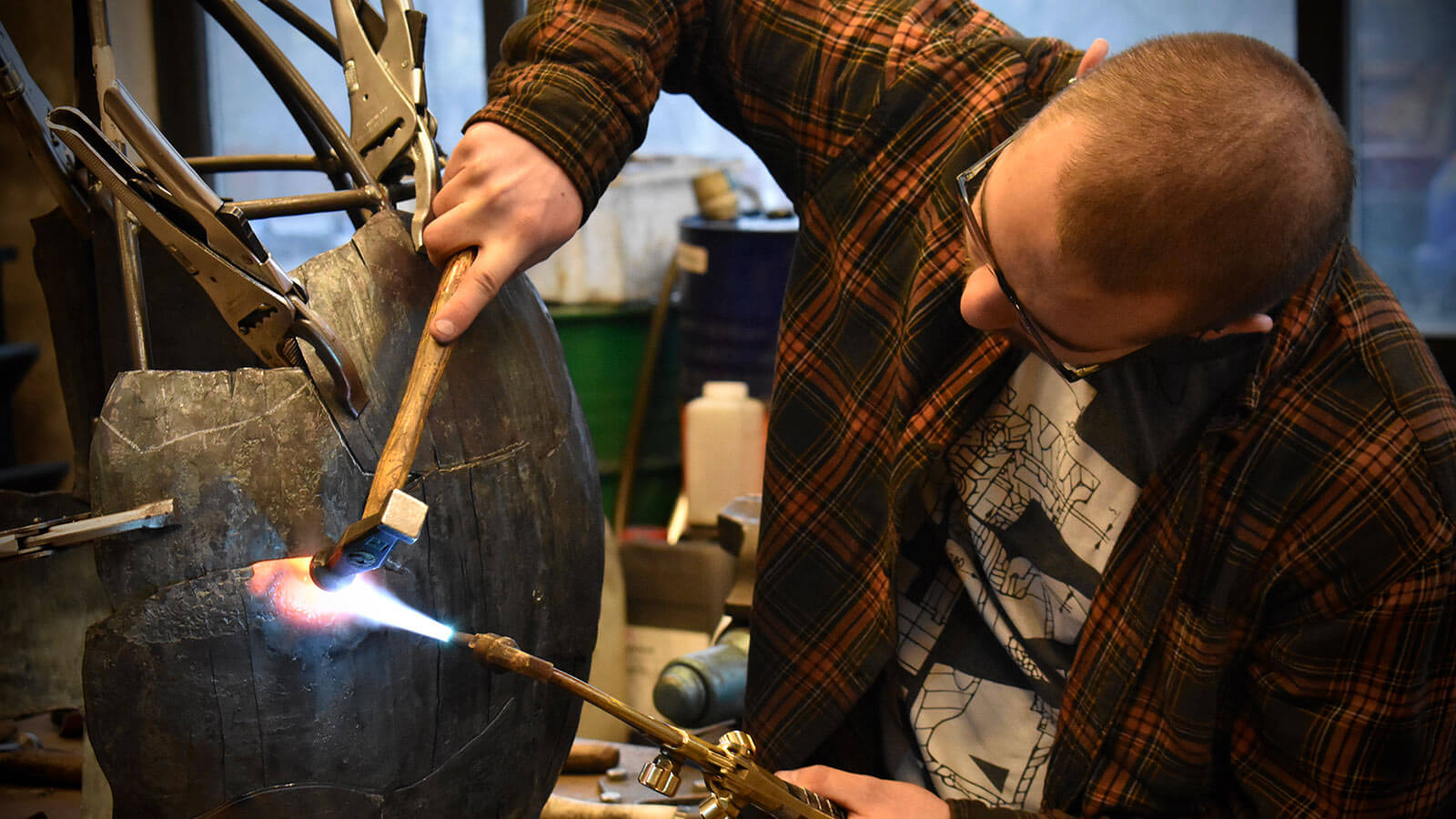
Daniel Freyne at work
COURTESY: Daniel Freyne
“Visitors to Decorex have the power of patronage,” Julius explains, “or they work for people who do. The idea of Future Heritage is to introduce commissioning interior designers and architects to intellectually rigorous makers who are pushing the boundaries of their skills and their material and who can work in partnership with them to create something really special.”
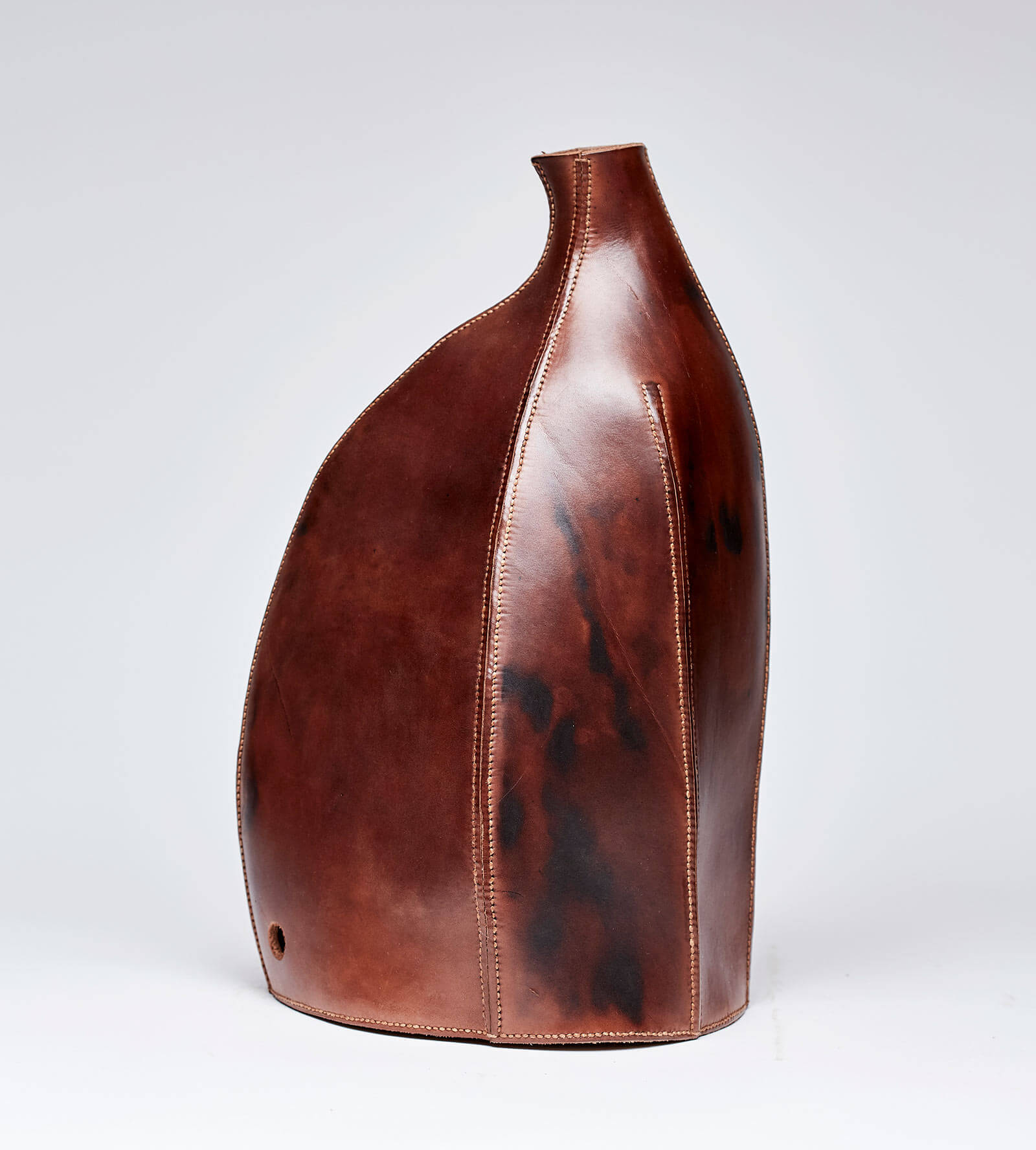
Frances Pinnock, ‘Bombard Asymmetric 2nd Form’, 2019
COURTESY: Frances Pinnock / PHOTOGRAPH: Alun Callender
Julius selects the makers carefully, seeking out a handful each year who are producing “interesting things of real quality”, who are able to collaborate and who she feels deserve to be better known. She then invites them to make work specifically for Future Heritage.
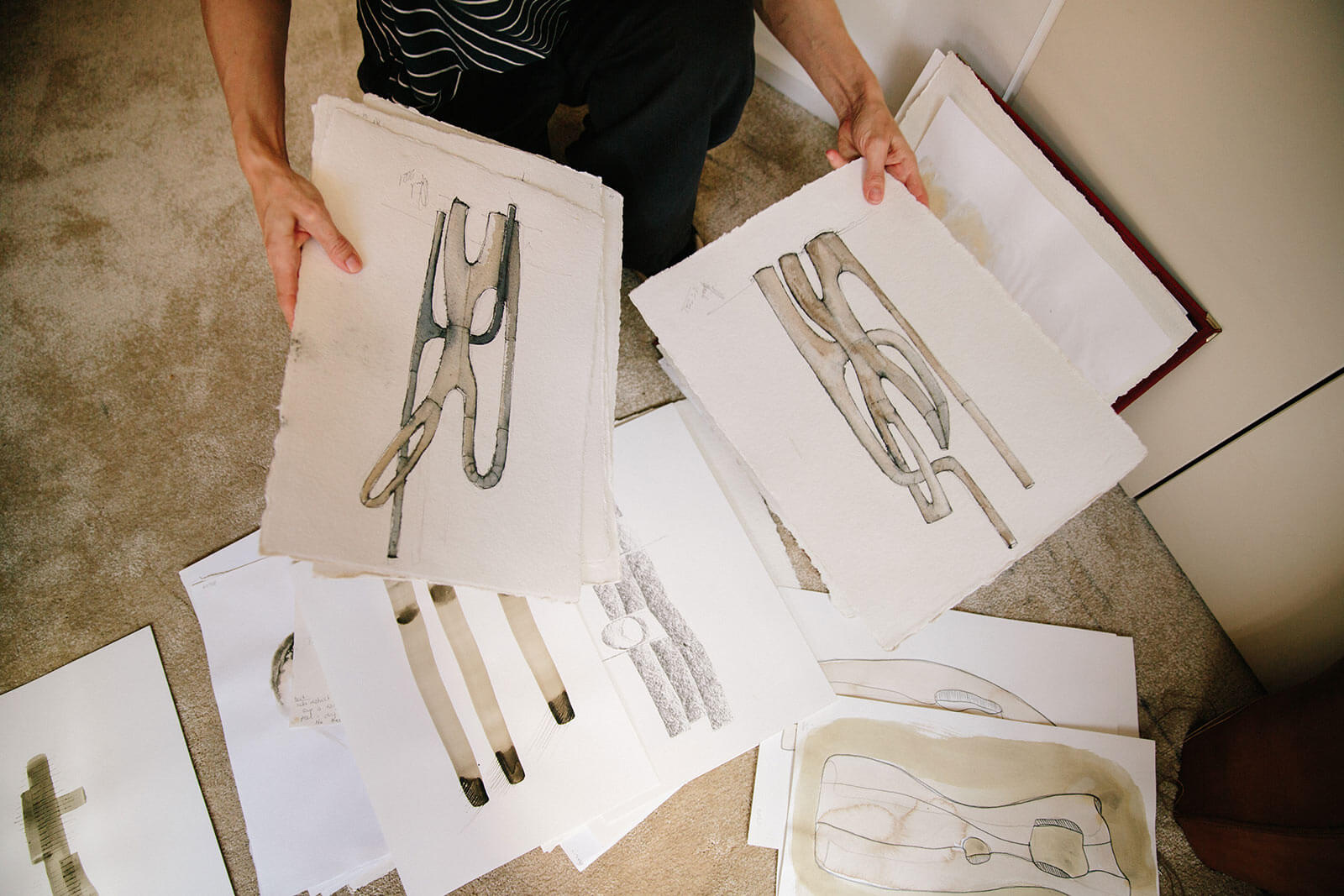
Frances Pinnock, ‘Twisted Oak’ drawing, 2021
COURTESY: Frances Pinnock / PHOTOGRAPH: Joe Thomas
Her role is not to commission, but rather to push the makers to do something they have either always wanted to do, or never thought of doing. “I’m a journalist and a frustrated maker,” she explains, “so I just ask questions.”
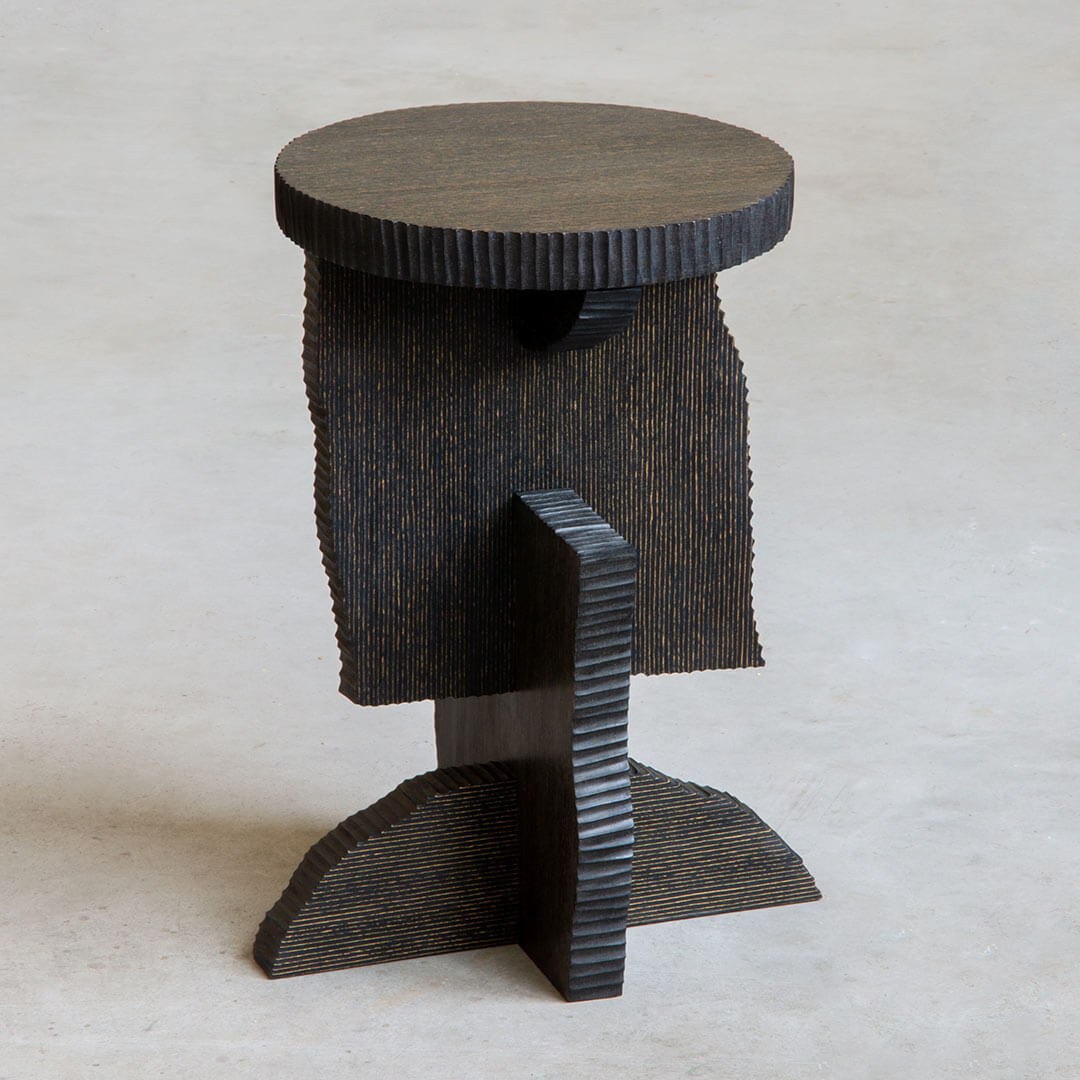
Marco Campardo, ‘George’ side table, 2021
COURTESY:
We have had a preview of this year’s showcase and the makers have certainly risen to her challenge. With work ranging from fine art to manufacturing, this is a confident, considered and celebratory expression of what contemporary craft can be.
Marco Campardo is an innovative designer-maker concerned with the intelligent re-use of discarded materials, who is rethinking furniture production in the space between industrialisation and bespoke artisanal making. At Future Heritage he will be showing one-off ‘Split-Selfie’ mirrors made from reclaimed wood and recycled aluminium, alongside coffee tables, benches and stools made using scraps of reclaimed cross-laminated wood.
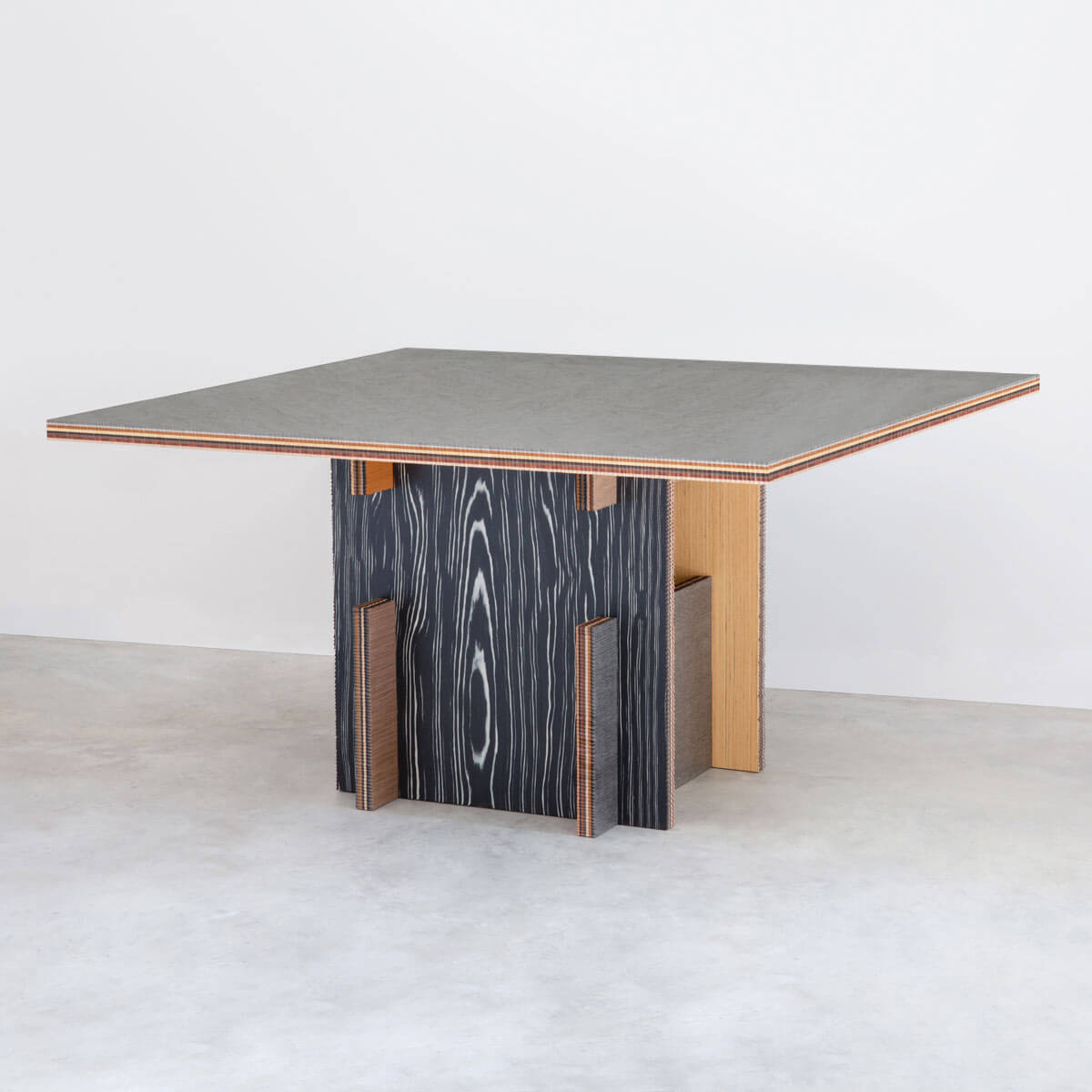
Marco Campardo, ‘George’ dining table, 2021
COURTESY:
By layering these sheets together to form solid blocks of wooden material, finished with hand chiselled edges, Campardo adds new value to the processed timber.
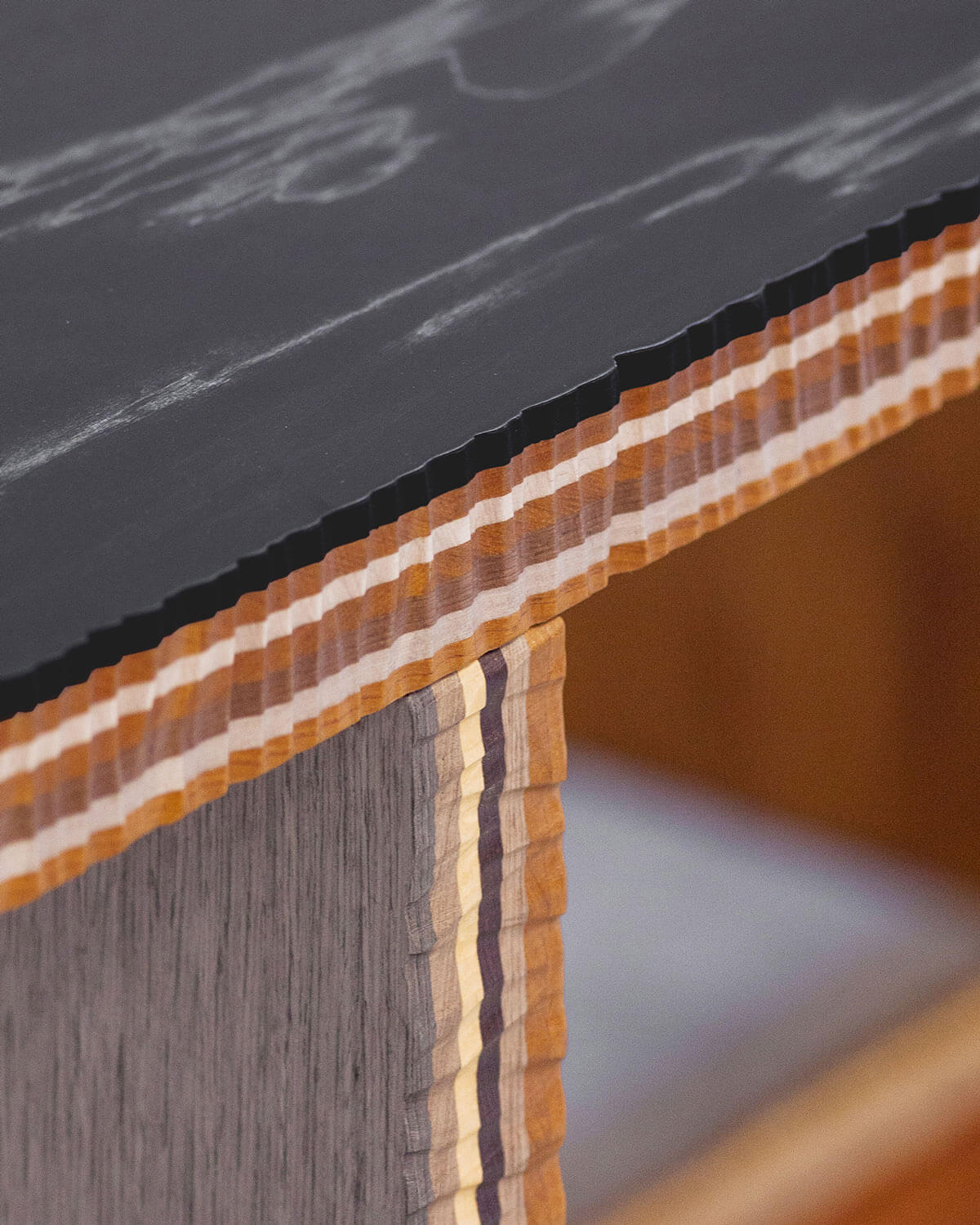
Marco Campardo, ‘George’ dining table, 2021 (detail)
COURTESY:
Recent graduate and QEST scholar Daniel Freyne makes work that seeks to change the viewer’s perspective of his chosen material, iron. His series of intriguingly tactile vessels, ‘Perceptions’ and ‘Transition’ are imbued with such fragility and delicacy they appear to be formed from ceramic.
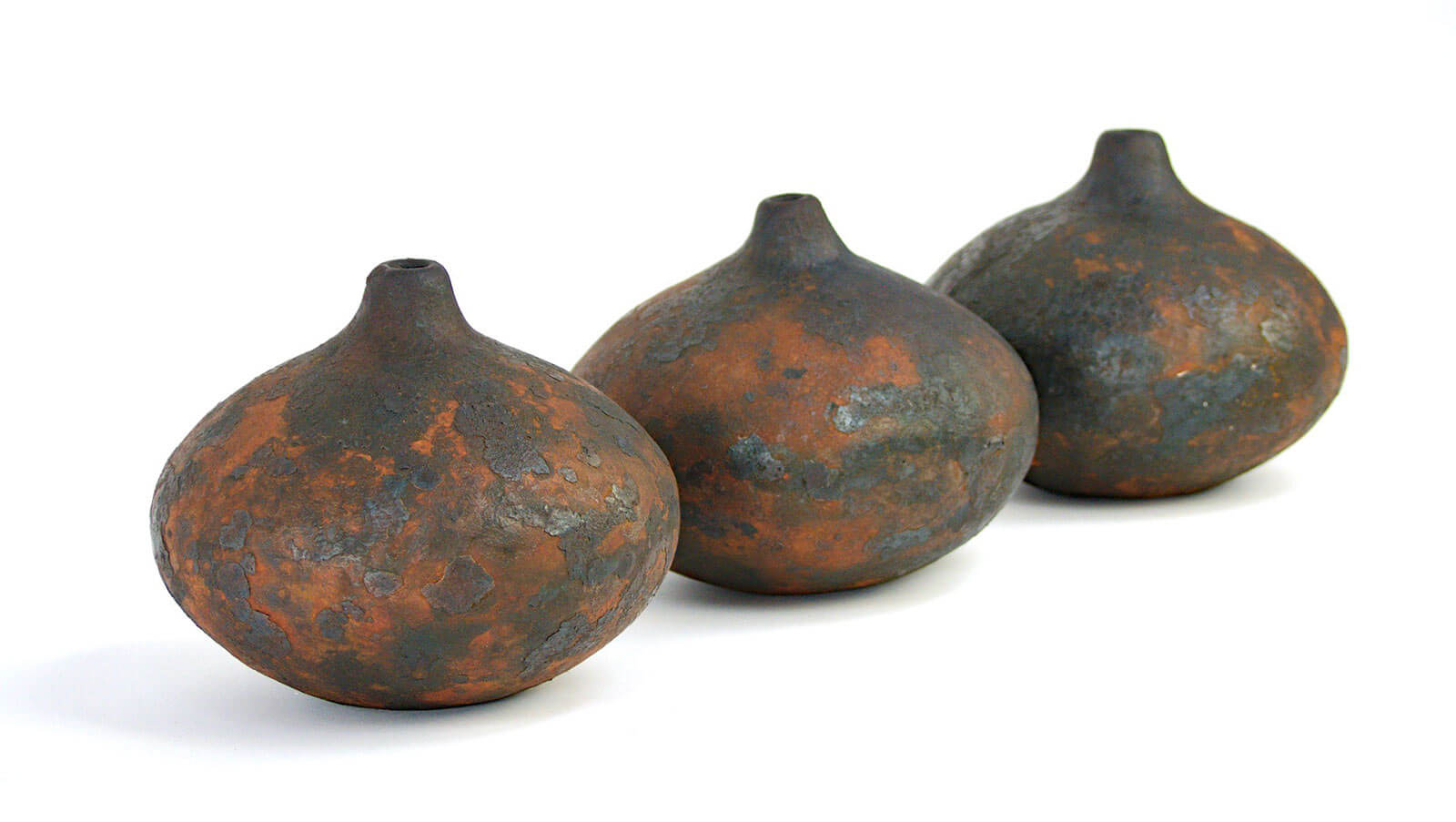
Daniel Freyne, ‘Perceptions’, 2019
COURTESY: Daniel Freyne
His newest ‘Untitled’ works are made from compressed iron and their fractured surfaces reference the effects of lockdown on mental health.
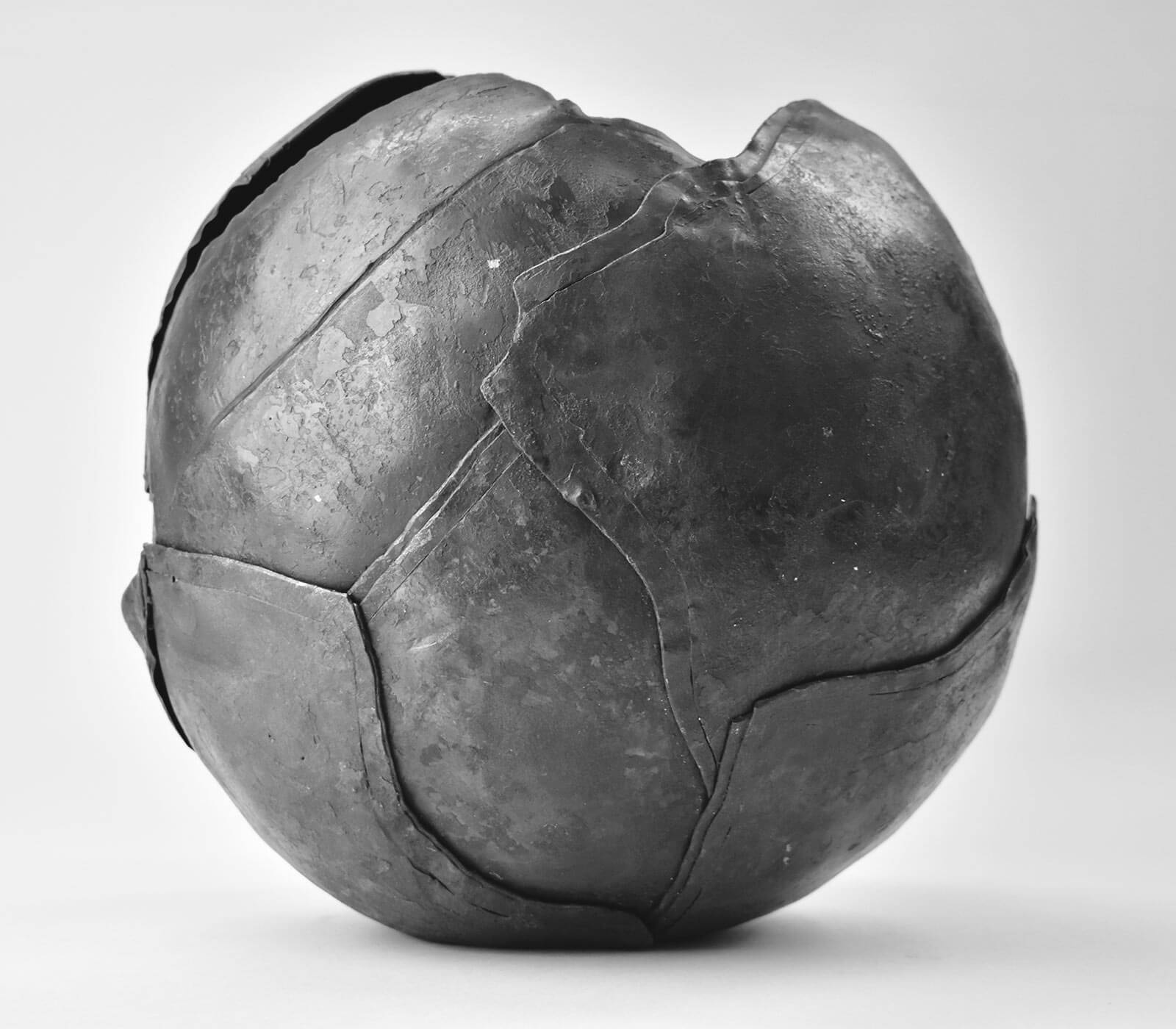
Daniel Freyne, ‘Untitled’, 2021
COURTESY: Daniel Freyne
Architect, artist and designer Adam Nathaniel Furman’s joyous, colour-filled installation comprises three separate collections including a vast, eye-popping abstract rug, a series of globular hand blown glass lights that burst into vivid life, and a vibrant collection of porcelain vases, stools and chairs made in collaboration with Lebanese collective Beit.
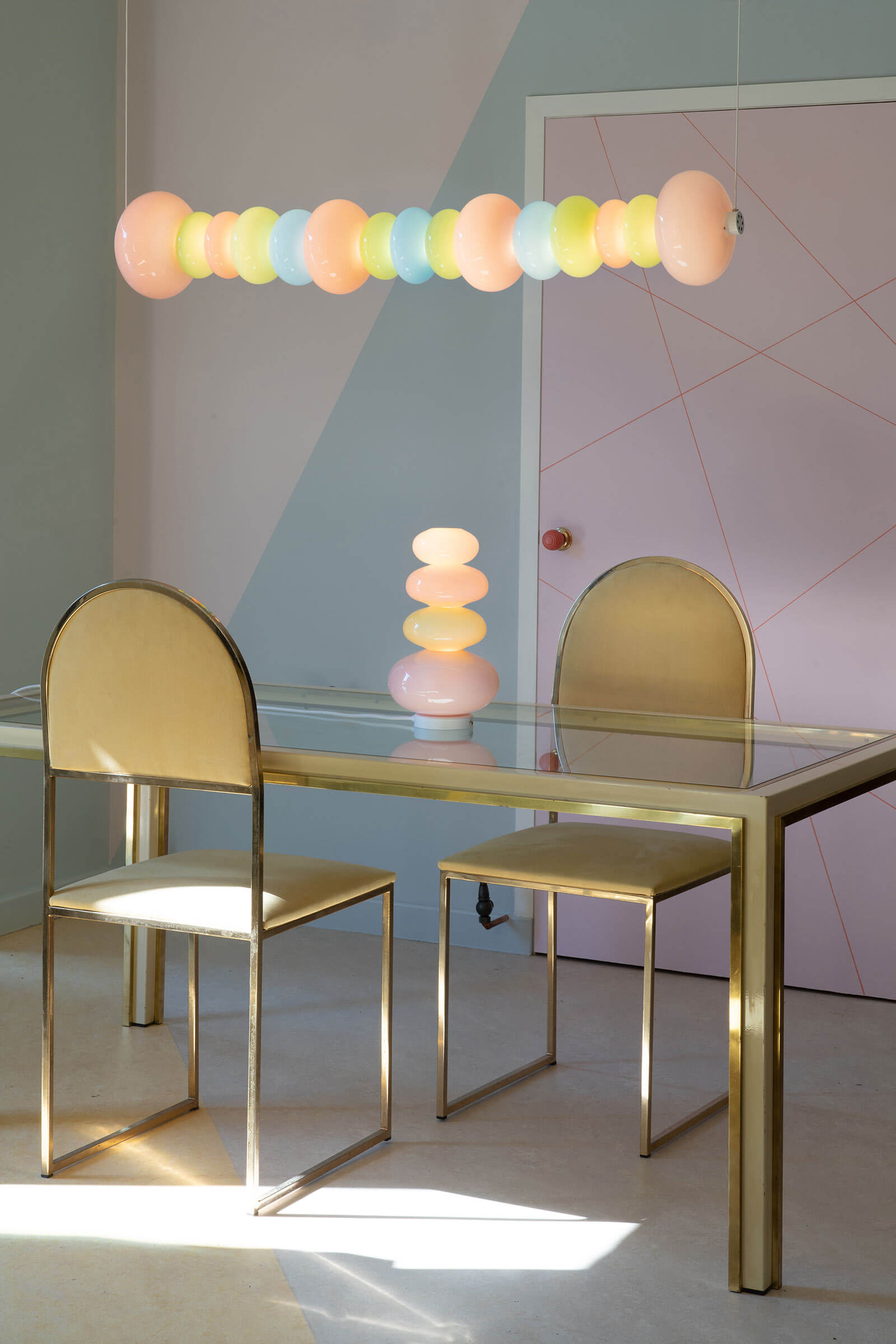
Adam Nathaniel Furman for Curiousa & Curiousa, ‘Glowbule’ beam pendant and table lamp, 2021
COURTESY: Adam Nathaniel Furman / PHOTOGRAPH: Chris Webb Photography
“The idea of Future Heritage is to introduce commissioning interior designers and architects to makers …”
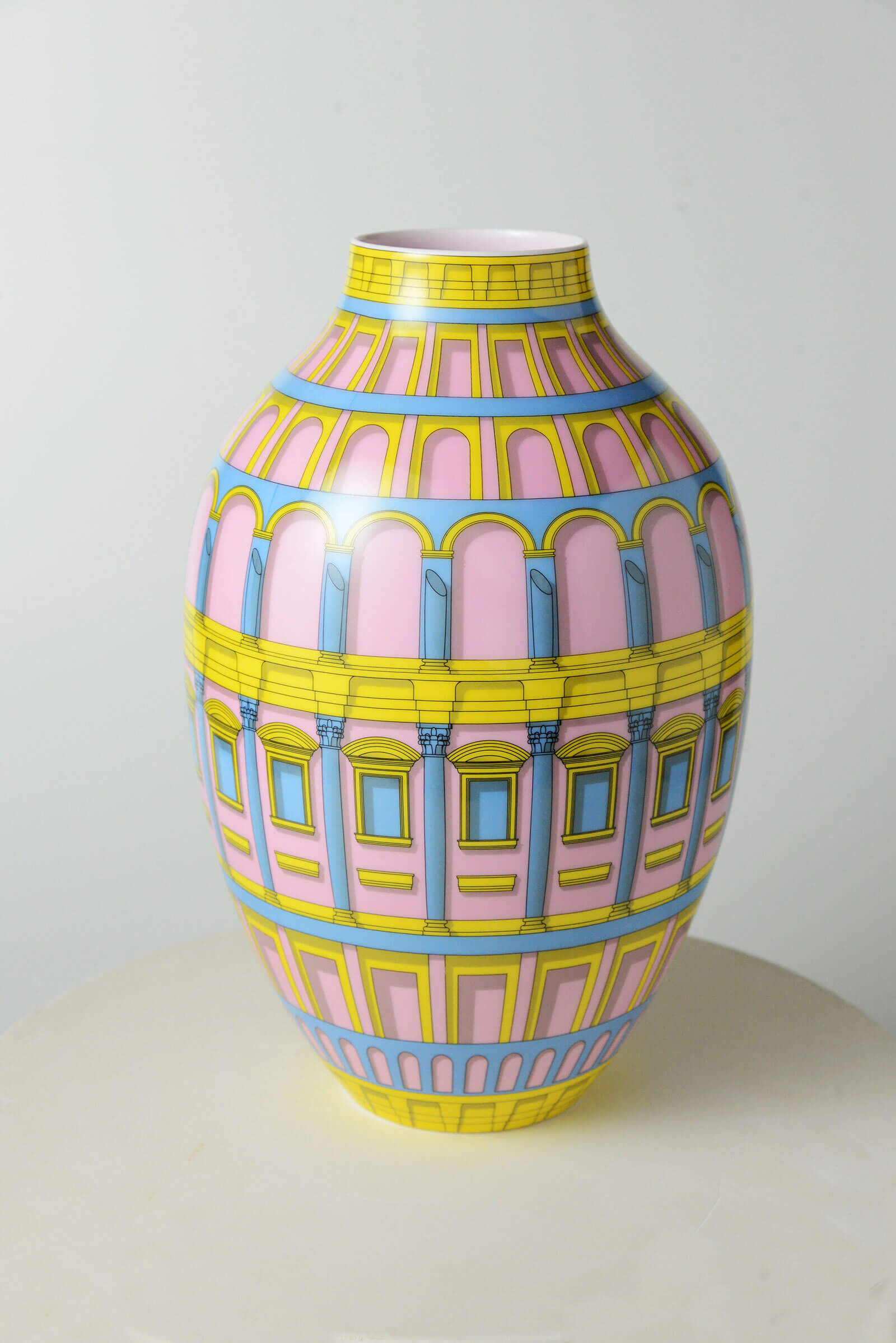
Adam Nathaniel Furman, Baalbek Vase’ from the Baalbeck Collection, 2021
COURTESY: Adam Nathaniel Furman
“… who are pushing the boundaries of their skills and their material and who can work in partnership with them to create something really special”
Fabio Hendry specialises in developing new materials and processes to create furniture, sculptural objects and installations that explore the boundaries between craft and industry.
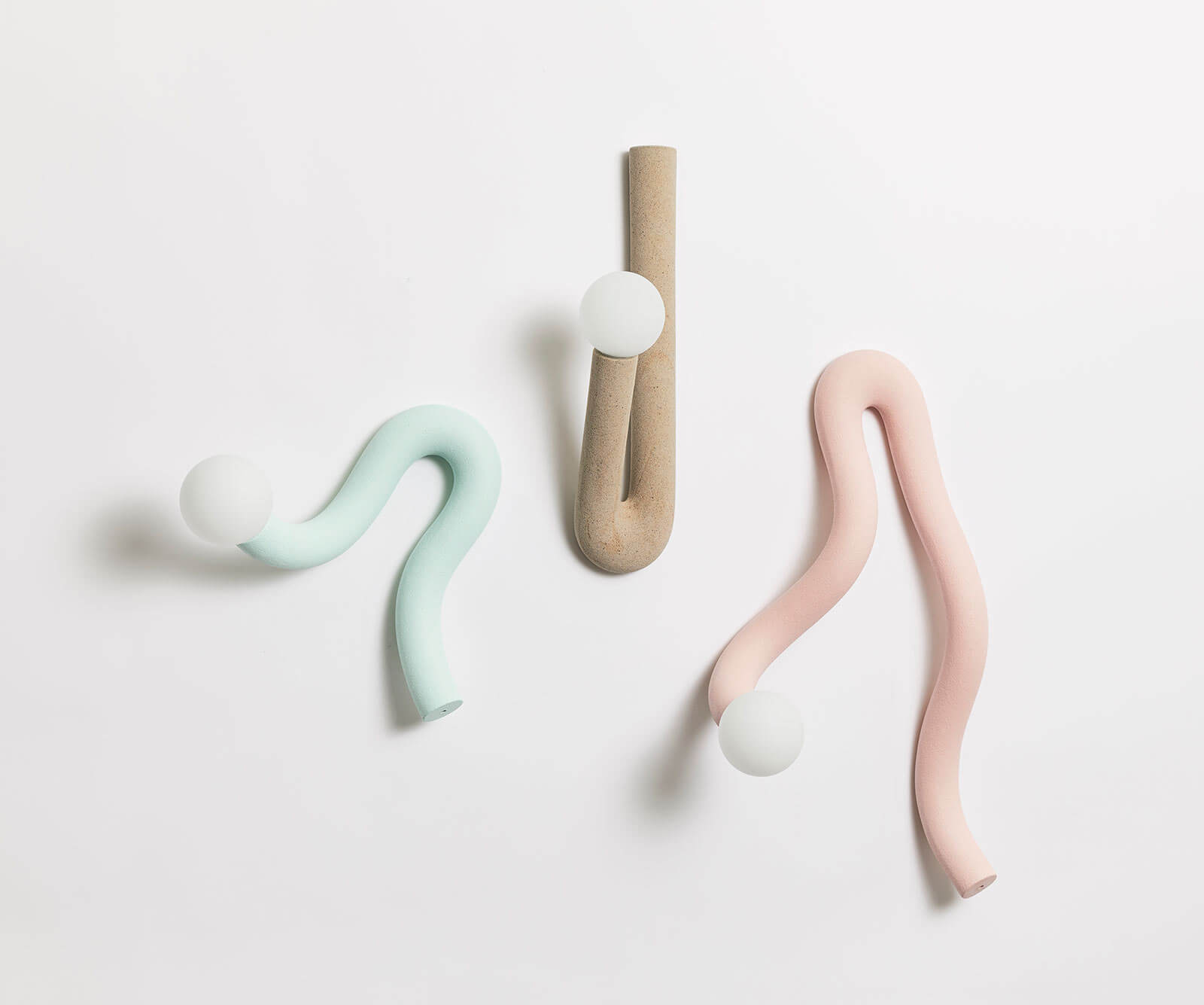
Hot Wire Extensions, ‘Native Object 09’ with aqua finish, ‘Hotel Light 02’ with natural texture, and ‘Native Object 12’ with pink finish
COURTESY: Hot Wire Extensions / PHOTOGRAPH: Marco Rosaco
The playful, bone-like lighting structures he is showing at Future Heritage, alongside several furniture pieces, reuse waste nylon powder from SLS 3D printing, a material that is currently not recycled, fusing it with sand using a hot wire.
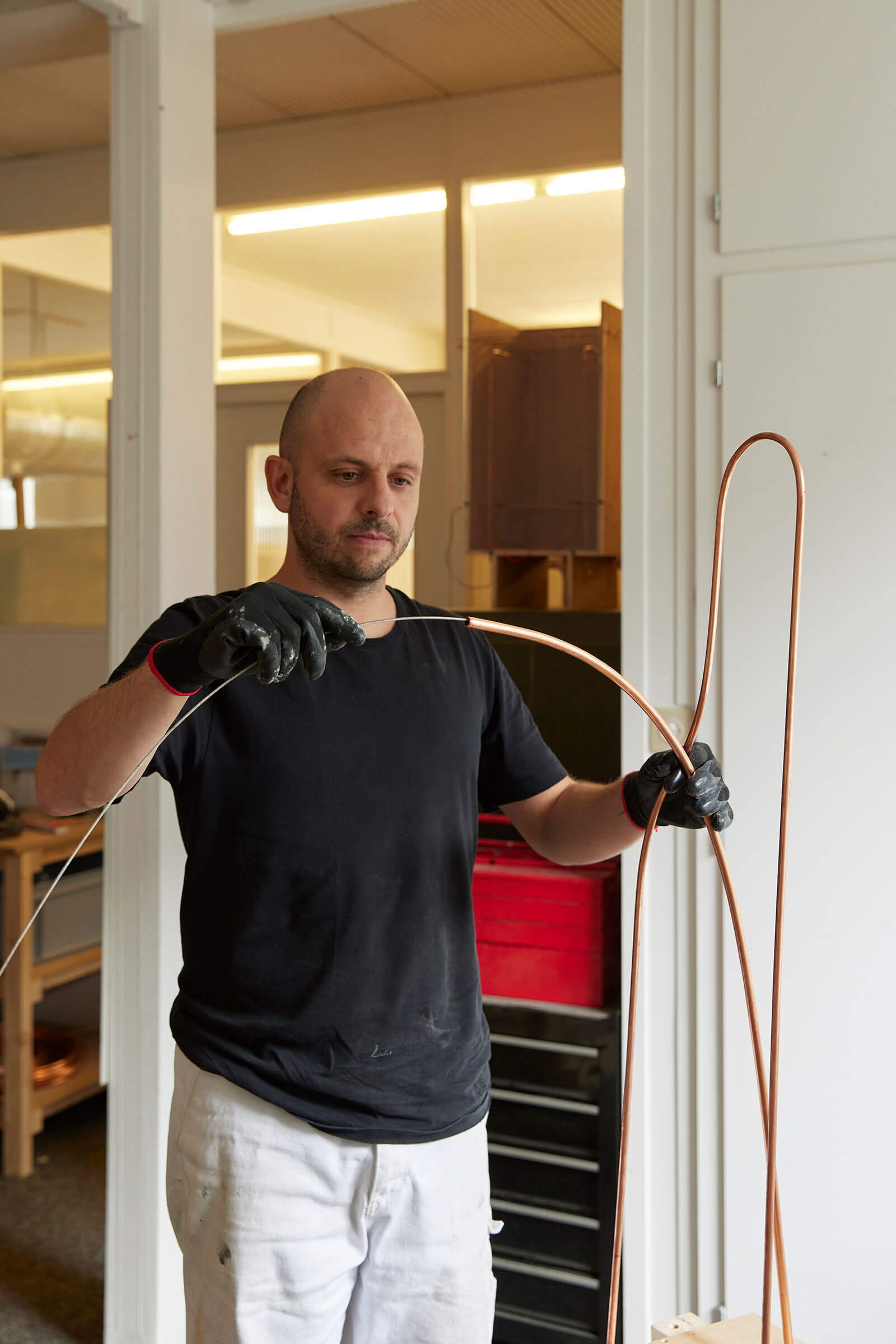
Fabio Hendry of Hot Wire Extensions
COURTESY: Fabio Hendry / PHOTOGRAPH: Marco Rosaco
More used to creating site-specific installations for architects, glass artist Kate Maestri has used her Future Heritage place to explore work for the domestic market, creating a series of free-standing screens made up of five individual glass panels which can be placed separately, or together. Maestri combines historic mouth-blown stained glass and screen-printed ceramic enamels with modern technology to produce a palette of luminous colours – in this case blues, greens and turquoise – which flow across the surface of the glass.
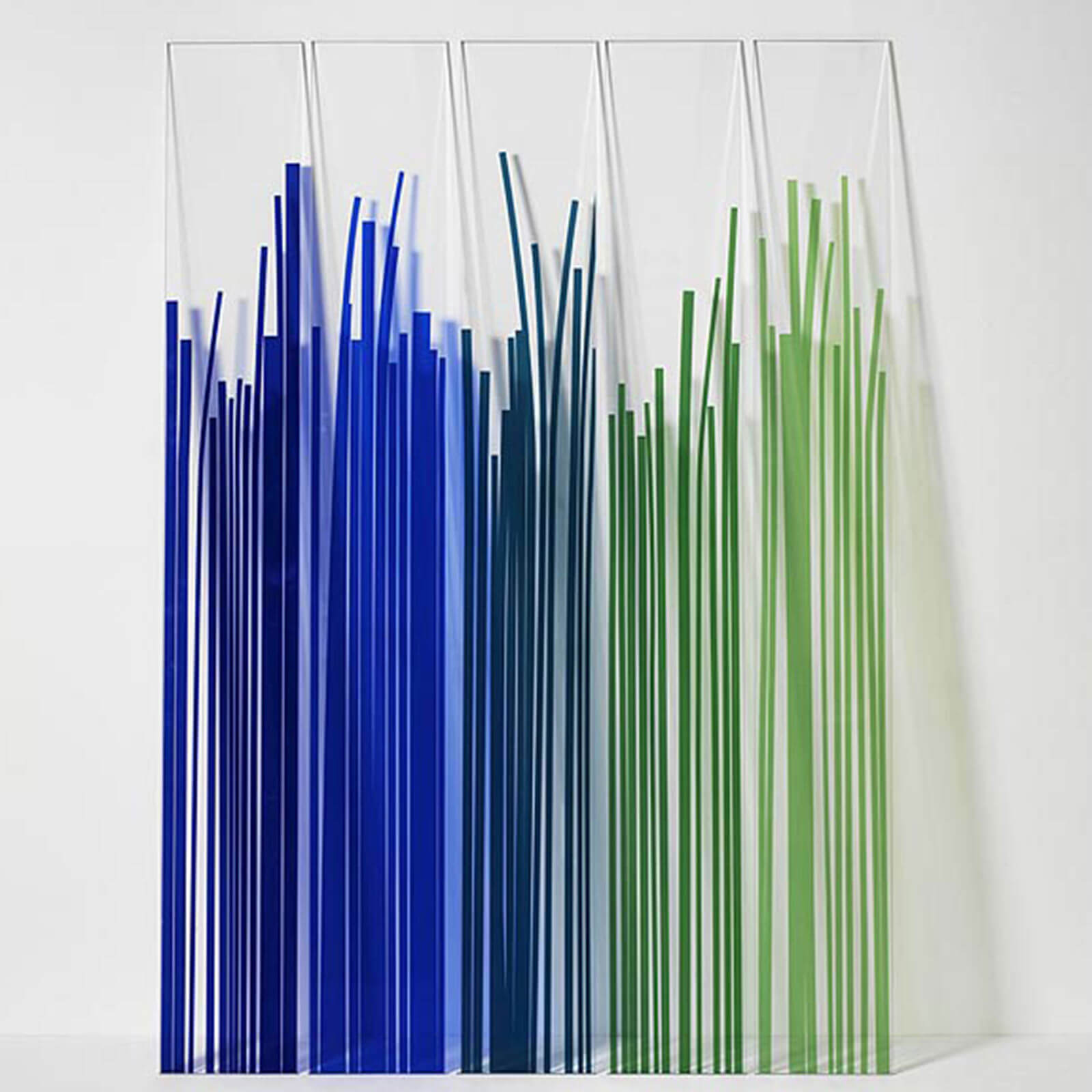
Kate Maestri, ‘Five Panel Screen’, 2021
COURTESY: Kate Maestri
Recent graduate Callum Partridge is a metalsmith and jeweller who combines both precious and commonplace metals – gold, silver, steel, brass – to make boldly contemporary work. The new candelabra and vessels he is showing at Future Heritage are explorations of angular, modernist and geometric forms.
Frances Pinnock, another QEST scholar, explores the possibilities of oak bark leather as a medium for sculpture and object making.
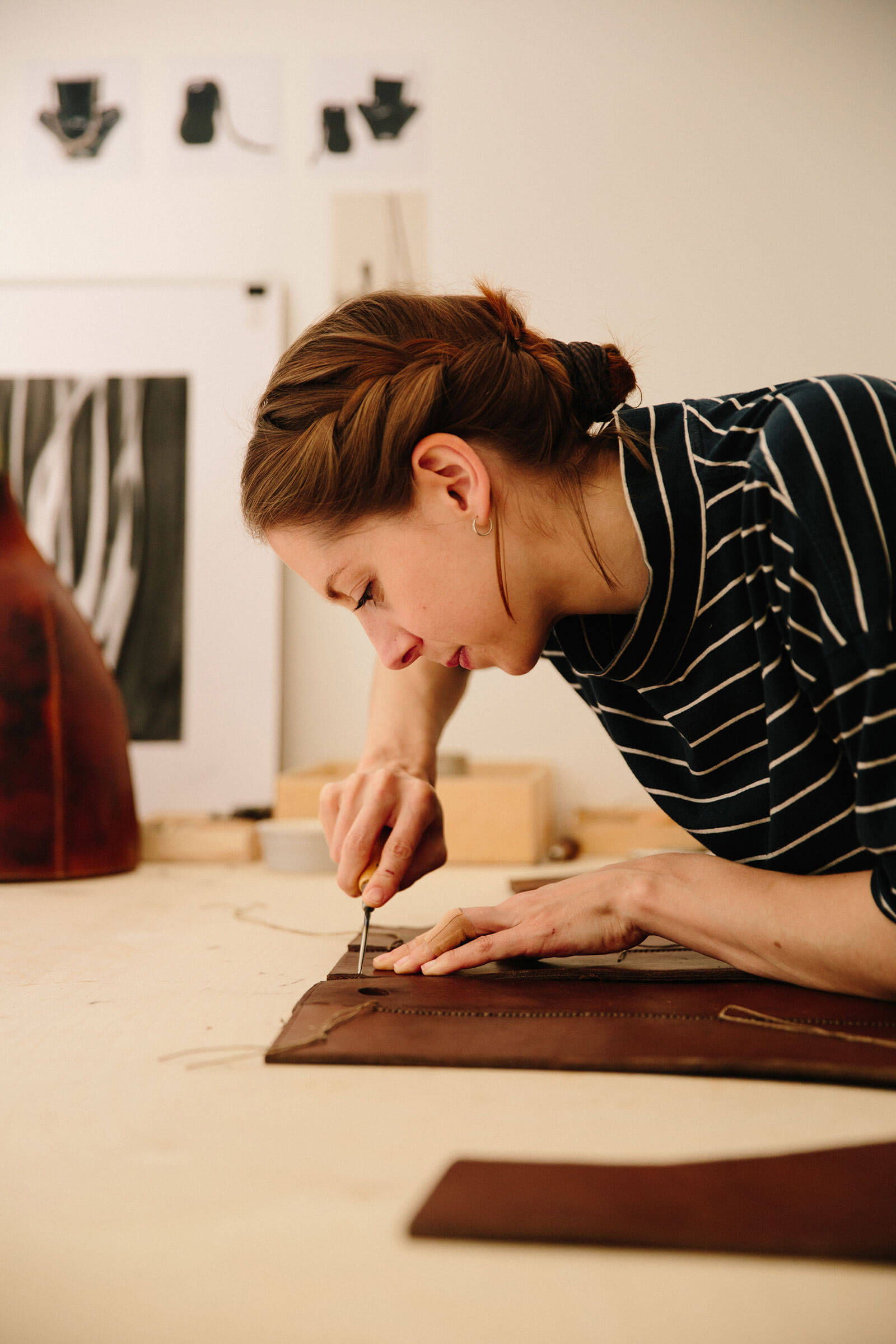
Frances Pinnock, ‘Twisted Oak’, 2021 in progress
COURTESY: Frances Pinnock / PHOTOGRAPH: Joe Thomas
For Future Heritage she has created two large, floor standing asymmetric vessels that investigate repeating patterns and the effects of seasonal temperatures during making. She has also made a show-stopping 2m tall freestanding sculpture that tested both her physical limits for hand stitching and the ability of her traditional materials to express complex forms.

Frances Pinnock, ‘Bombard Standing Form’, 2020
COURTESY: Frances Pinnock / PHOTOGRAPH: Alun Callender
Anna Ray, winner of this year’s Brookfield Properties Crafts Council Collection Award will be showing three new textile wall hangings/screens this year.
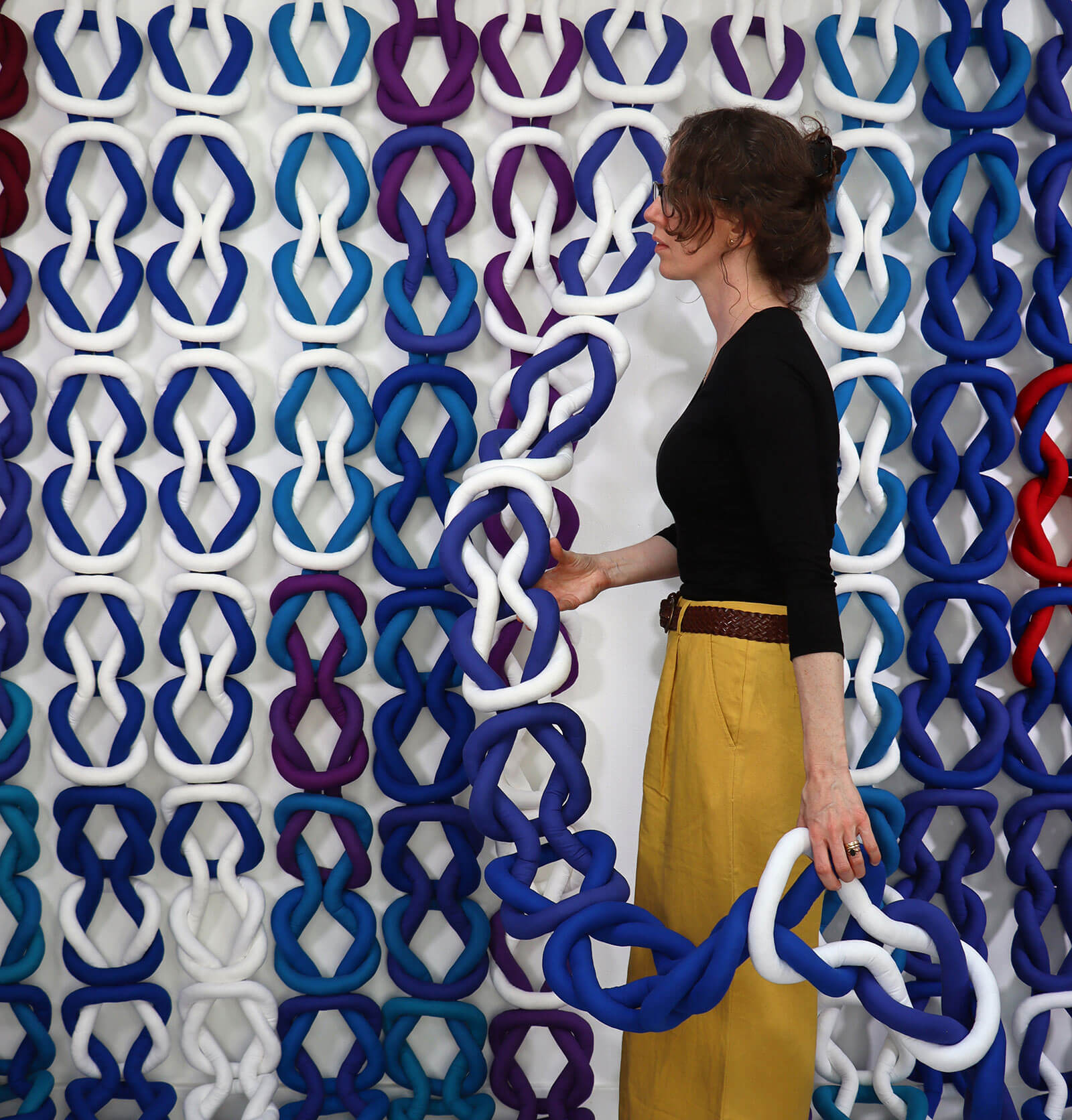
Anna Ray
COURTESY: Anna Ray
These include ‘Flamenco’, a vibrant soft sculpture constructed from a series of hand-painted and digitally printed red, blue and purple padded hoops and patterned ribbons that seems to dance before our eyes.
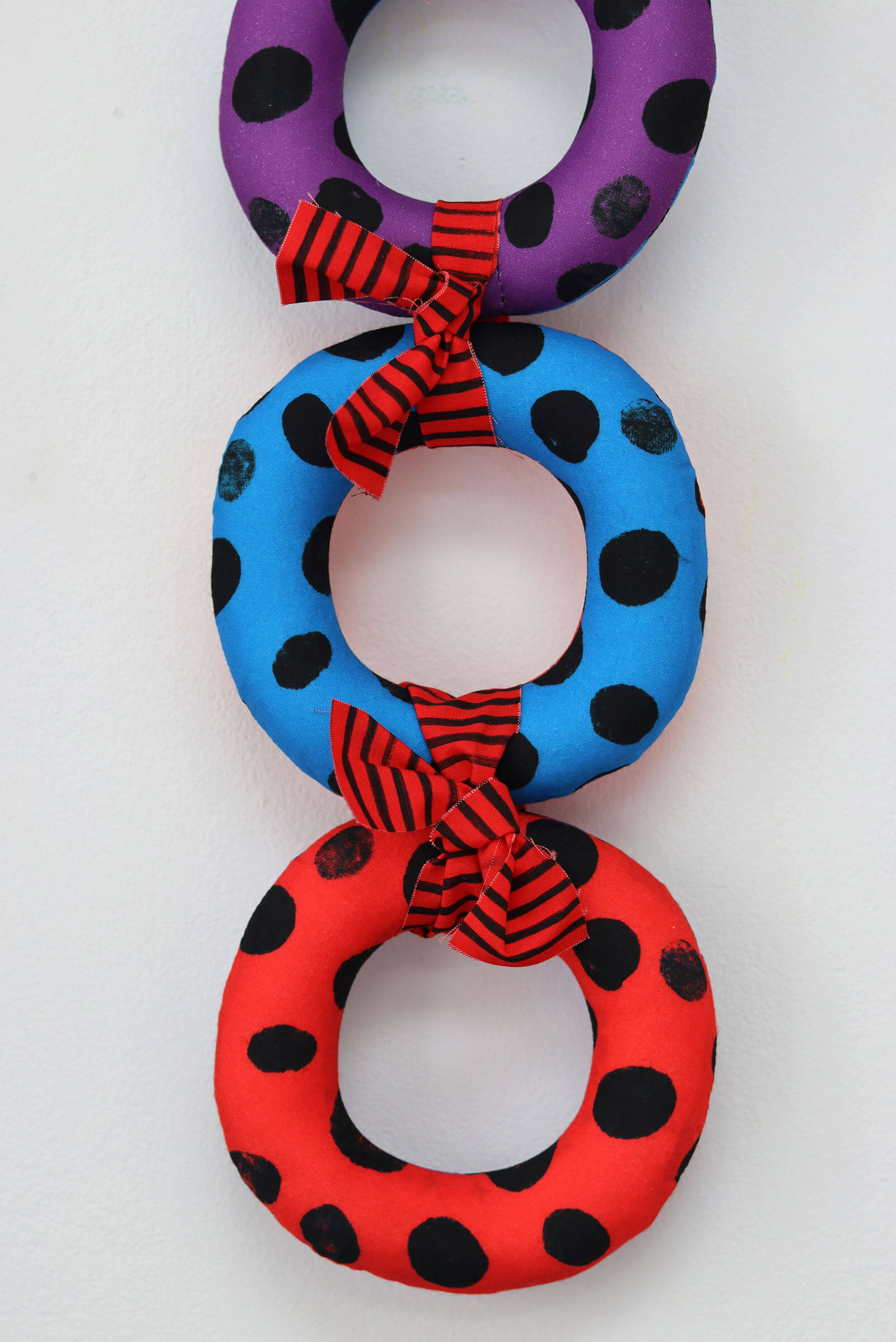
Anna Ray, ‘Flamenco’, 2021 (detail)
COURTESY: Anna Ray
Scottish maker Amanda Simmons harnesses gravity together with the kiln’s heat to create complex, elusive glass pieces characterised by a unique tonal palette and texture that is the result of her use of opaque glass powders during the early stages of the making process.
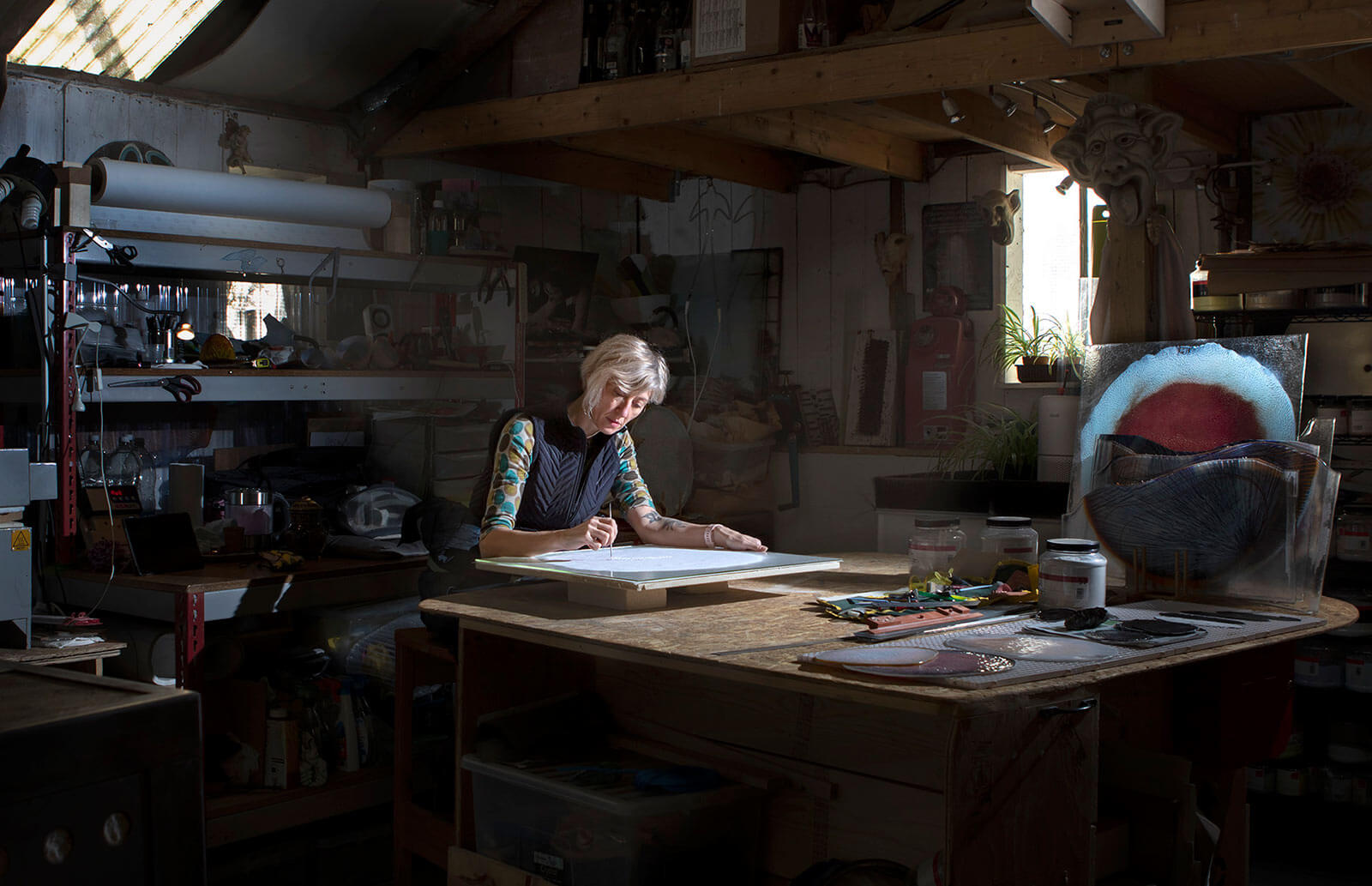
Amanda Simmons
COURTESY: Amanda Simmons
The beautiful, intricately patterned platters she has created for Future Heritage are inspired by her time in Australia and are her largest works to date.
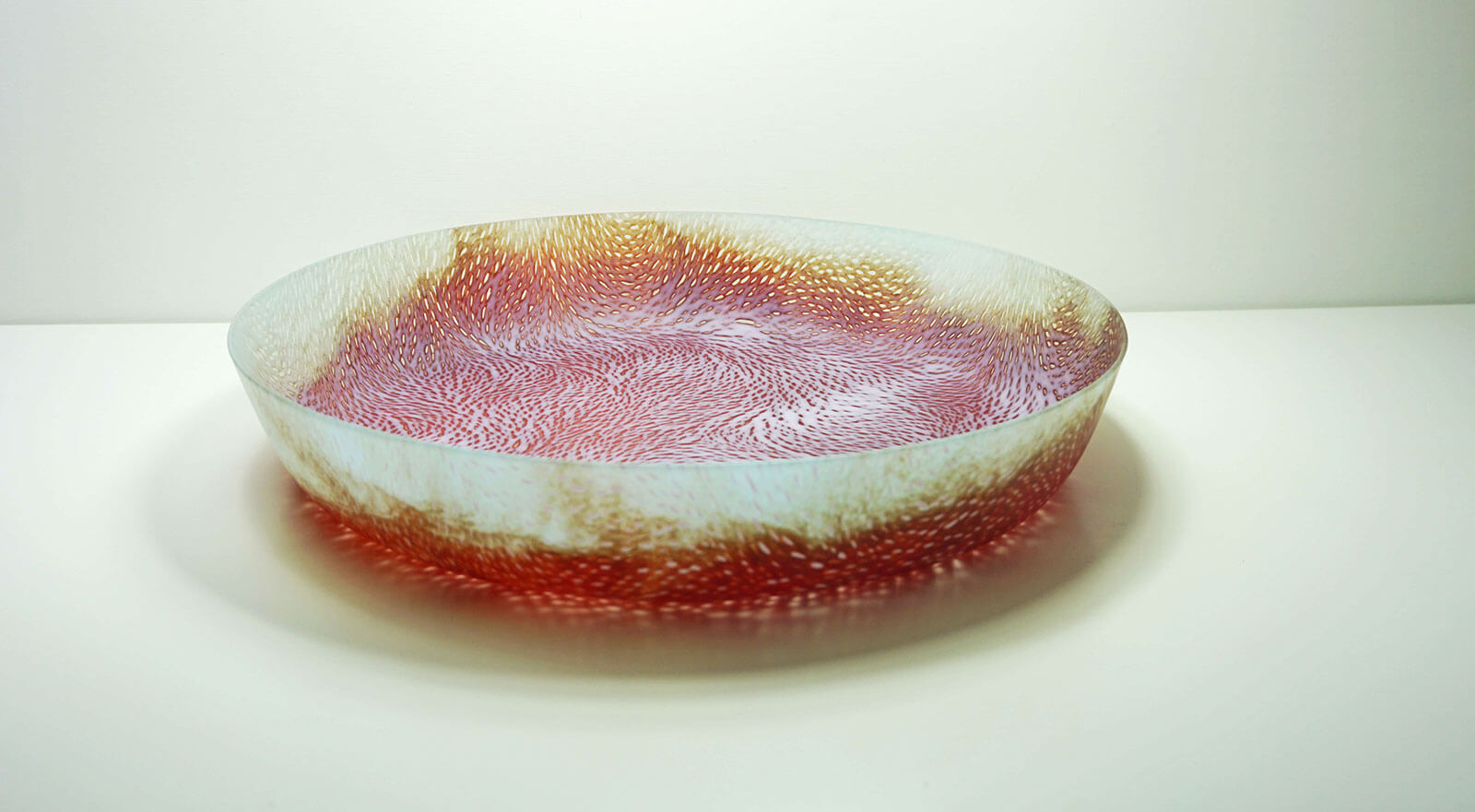
Amanda Simmons, ‘Cook Platter’, 2021
COURTESY: Amanda Simmons
Designer and engineer Moritz Waldemeyer is known for his captivating digital installations made for some of the world’s best-known brands and fashion designers. For Future Heritage he has joined forces with Mayice Studio to create a dramatic digital chandelier based on his flickering digital candles. Visitors arriving in the main Decorex display area will also be greeted by his hi-tec-meets-fairytale flock of fluttering electronic butterflies.
